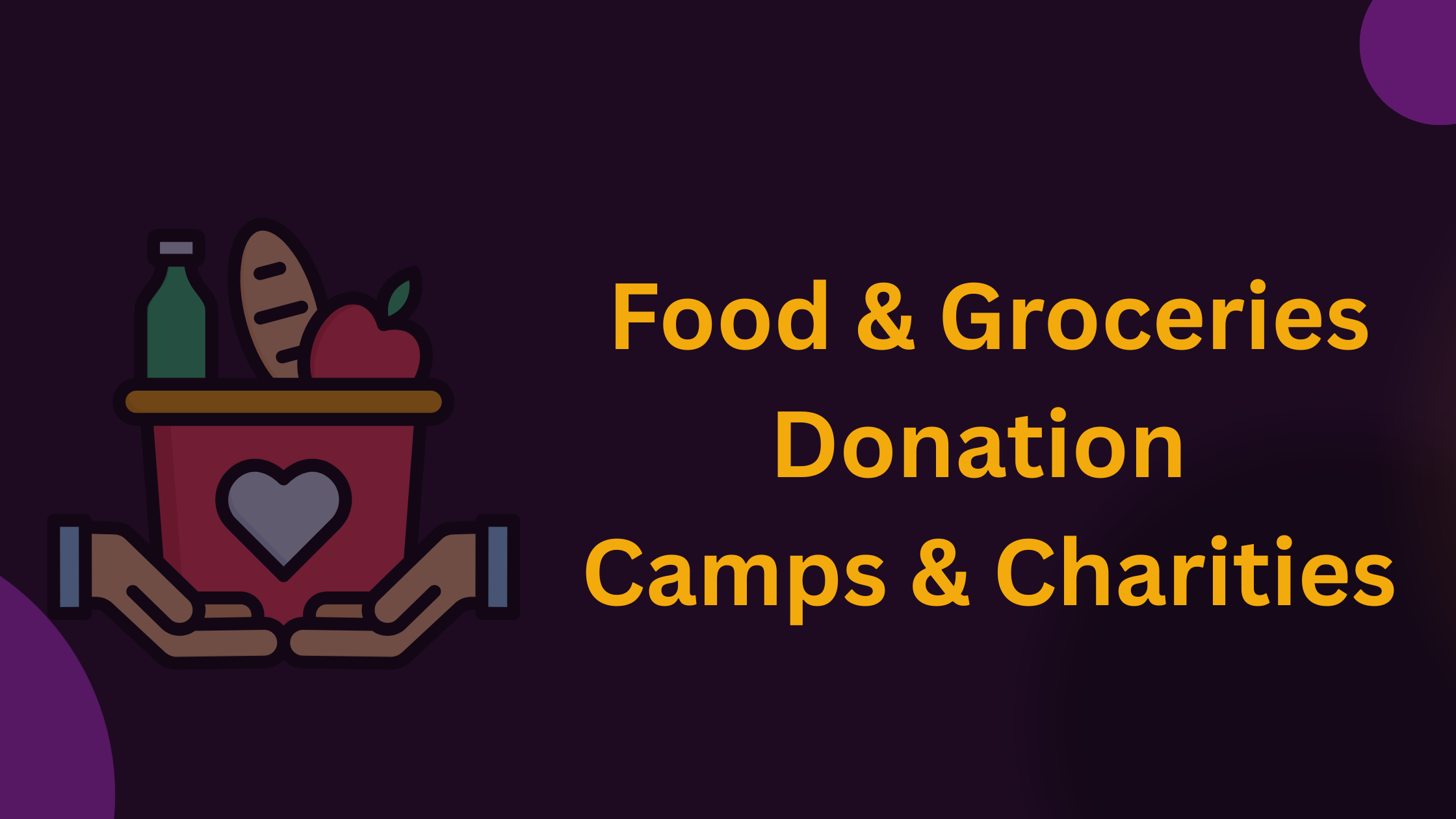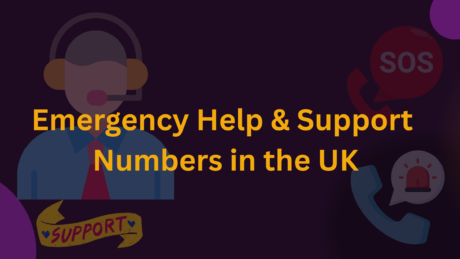Let’s be honest – times are tough. With the cost of living rising faster than wages, putting food on the table has become a genuine struggle for millions across the UK. If you’re reading about Free Groceries & Food Donation Charities in the UK, perhaps you’re looking for support for yourself or your family, or maybe you’re in a position to help others. Whatever your reason, please know that there is no shame in needing help. Food is a basic human right, and an incredible network of organisations exists for this exact purpose: to ensure no one in our communities goes hungry.
This guide is designed to be your comprehensive, up-to-date resource. We’ll walk you through how to find immediate help, how to access ongoing support, and how you can get involved to help these vital charities continue their work. Let’s navigate this together.
Understanding the Landscape: How Food Support Works in the UK
Before we dive into specific organisations, it helps to understand the different types of support available. It’s not just about food banks; there’s a whole ecosystem designed to reduce food waste and fight hunger.
Food Banks: The most well-known service. Typically, you need a referral from a professional like a GP, social worker, or citizen’s advice bureau to receive a parcel with several days’ worth of emergency food.
Food Pantries: For longer-term support. Members pay a small weekly subscription (usually £3-£5) and in return can choose a significant amount of food, often including fresh fruit, vegetables, and chilled goods. It’s like a supermarket where your money goes much, much further.
Community Fridges: Free, accessible spaces where anyone can share surplus food from retailers, producers, or individuals. No referral needed – you can just turn up and take what you need.
Surplus Food Apps: Tech-driven solutions that connect consumers with restaurants and shops selling their surplus food at massively discounted prices at the end of the day.
Major Nationwide Charities & Organisations
These are the big players with networks across the country. They are a great first port of call.
1. The Trussell Trust
The Trussell Trust is the UK’s largest food bank network, supporting over 1,200 food bank centres nationwide.
How it works: You need a referral through a professional agency. They will issue you with a voucher which you can exchange for a emergency food parcel at your local food bank.
How to find help: Use their online food bank finder tool. Just enter your postcode to find your nearest centre and information on how to get a referral.
How to help: Donate money, food, or time. Their website has clear lists of what items are most needed (often tinned meats, fish, fruit, vegetables, pasta sauce, and UHT milk).
2. FareShare
FareShare is a genius organisation that tackles two problems at once: food waste and food poverty. They redistribute surplus, good-to-eat food from the food industry to a network of nearly 9,500 charities and community groups.
How it works: FareShare doesn’t distribute food directly to individuals. Instead, they supply places like breakfast clubs for children, hostels for homeless people, and community centres. If you need help, searching for a local FareShare partner is a great idea.
How to help: Businesses can donate surplus food. Individuals can volunteer at one of their 30 regional warehouses or fundraise.
3. Independent Food Aid Network (IFAN)
While the Trussell Trust is huge, many food banks are independent. IFAN is a membership organisation for these independent food aid providers across the UK. They offer support and advocacy.
How to find help: Their website features a directory of independent food banks, which can be incredibly useful if you’re looking for all options in your area.
Surplus Food & “Social Supermarket” Apps
This is a more recent and discreet way to access affordable food.
1. Olio
Olio connects neighbours with each other and with local businesses so surplus food can be shared, not thrown away. It’s completely free.
How it works: Download the app. Individuals and businesses list surplus food (from a spare loaf of bread to leftover sandwiches from a cafe). You browse what’s available nearby and request items for pickup.
2. Too Good To Go
This app lets you rescue unsold food from restaurants, cafes, bakeries, and supermarkets at a fraction of the original price.
How it works: Download the app, see which local businesses have “Magic Bags” of surplus food available, purchase it through the app, and collect it at a specified time. It’s not free, but it’s a very low-cost way to get high-quality food.
How to Find Local Help Near You
National databases are great, but sometimes you need hyper-local information.
Turn2Us: Use their free Grant Search tool. Enter your postcode to find local support services, including food banks and advice centres.
Citizens Advice: Your local CAB is an absolute lifeline. They can not only help you get a food bank voucher but also offer advice on debt, benefits, and housing to help tackle the root causes of financial hardship.
Your Local Council: Contact your council directly or visit their website. Many now have dedicated “cost of living” support pages that list local food pantries, community fridges, and warm spaces.
Housing Associations: If you are a tenant, your housing association will almost certainly have information on local support services.
Simple Google Search: Try searching for:
“Food bank near [your town]”
“Community pantry [your town]”
“Free meals [your town]”
“Cost of living help [your council name]”
How You Can Help: It Takes a Community
The work of these organisations relies entirely on public generosity. If you’re able to help, here’s how you can make a real difference.
Donate Money: Financial donations are the most effective. Charities like FareShare can turn every £1 donated into meals for multiple people by leveraging their buying power and logistics.
Donate Food: Check your local food bank’s website for a list of most-needed items. These are typically long-life, nutritious foods. Think tinned meals, pasta, rice, cereal, and tinned fruit/veg. Please check expiry dates!
Volunteer: From sorting donations in a warehouse to packing parcels or helping at a collection point, volunteers are the backbone of these organisations. Reach out to your local branch directly.
Fundraise: Organise a bake sale, a sponsored run, or a collection at your workplace or school. Every penny counts.
A Final Word of Kindness
As we wrap up this guide, the most important thing to remember is this: asking for help is a sign of strength, not weakness. These services exist because we live in a society that believes in supporting one another. They are run by compassionate, non-judgmental people who want to help you through a difficult patch.
If you are struggling, please take that first step and reach out. And if you are in a position to give, however small, please know that your contribution will directly help a neighbour, a family, or a child in your community.
You can get through this, and support is available.
Disclaimer: While this information was accurate at the time of writing, services can change. We recommend contacting any organisation directly or checking their website for the most up-to-date information on how to access their help. This article is for informational purposes and is based on publicly available data from the charities’ own websites and government resources.


